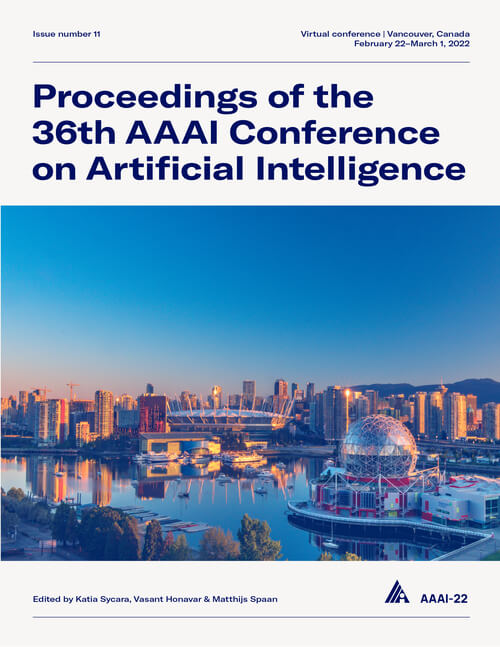Multi-Mode Tensor Space Clustering Based on Low-Tensor-Rank Representation
DOI:
https://doi.org/10.1609/aaai.v36i6.20646Keywords:
Machine Learning (ML)Abstract
Traditional subspace clustering aims to cluster data lying in a union of linear subspaces. The vectorization of high-dimensional data to 1-D vectors to perform clustering ignores much of the structure intrinsic to such data. To preserve said structure, in this work we exploit clustering in a high-order tensor space rather than a vector space. We develop a novel low-tensor-rank representation (LTRR) for unfolded matrices of tensor data lying in a low-rank tensor space. The representation coefficient matrix of an unfolding matrix is tensorized to a 3-order tensor, and the low-tensor-rank constraint is imposed on the transformed coefficient tensor to exploit the self-expressiveness property. Then, inspired by the multi-view clustering framework, we develop a multi-mode tensor space clustering algorithm (MMTSC) that can deal with tensor space clustering with or without missing entries. The tensor is unfolded along each mode, and the coefficient matrices are obtained for each unfolded matrix. The low tensor rank constraint is imposed on a tensor combined from transformed coefficient tensors of each mode, such that the proposed method can simultaneously capture the low rank property for the data within each tensor space and maintain cluster consistency across different modes. Experimental results demonstrate that the proposed MMTSC algorithm can outperform existing clustering algorithms in many cases.Downloads
Published
2022-06-28
How to Cite
He, Y., & Atia, G. K. (2022). Multi-Mode Tensor Space Clustering Based on Low-Tensor-Rank Representation. Proceedings of the AAAI Conference on Artificial Intelligence, 36(6), 6893-6901. https://doi.org/10.1609/aaai.v36i6.20646
Issue
Section
AAAI Technical Track on Machine Learning I

